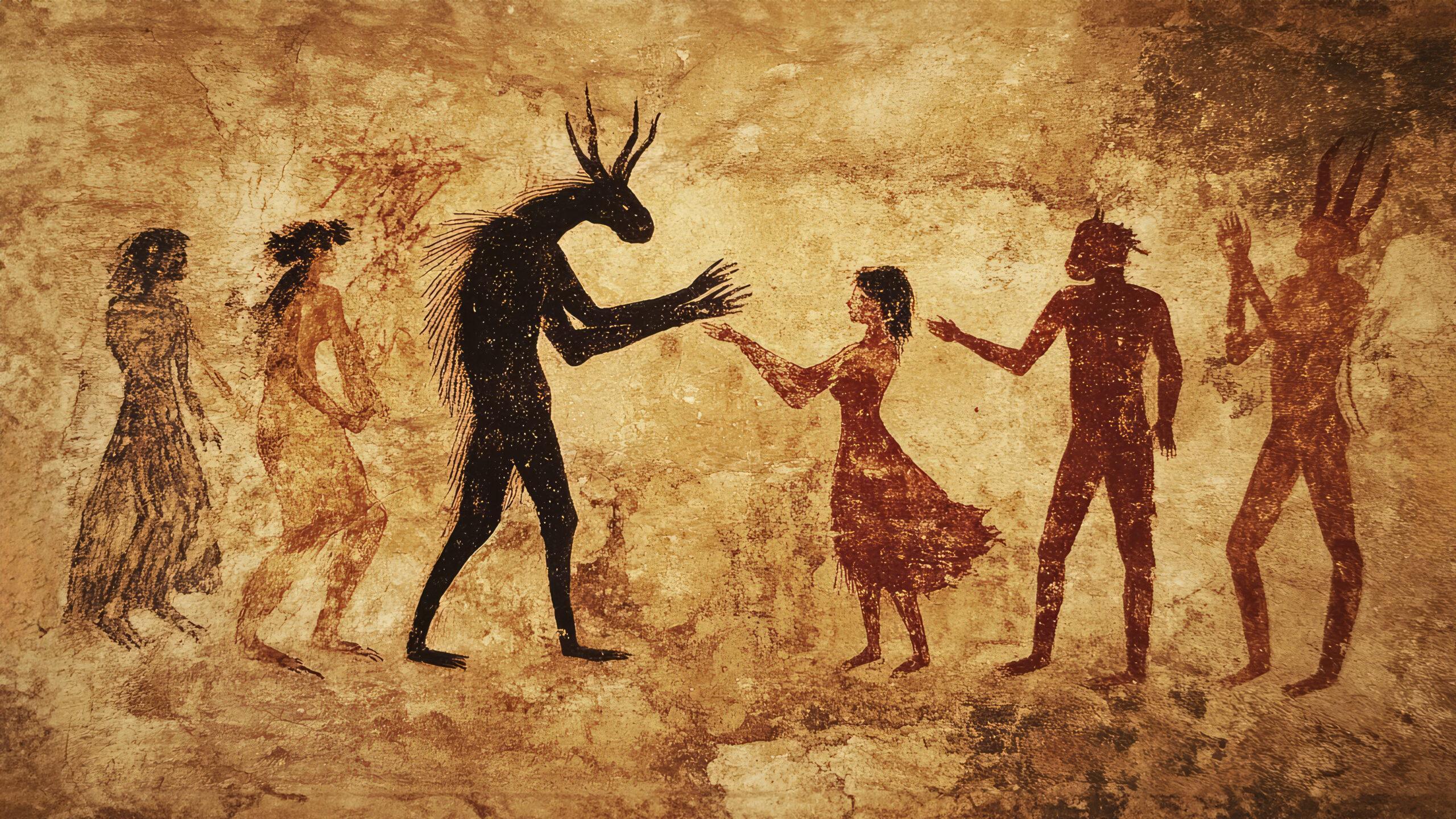DNA Solves 170-Year-Old Arctic Mystery: Identified Sailor Was First Known Cannibalism Victim in Doomed Franklin Expedition
By Jeremy Hsu
After nearly two centuries of mystery, science has finally put a name to one of the tragic victims of the ill-fated Franklin expedition—and confirmed him as the first known case of cannibalism among the crew.
The remains belong to Captain James Fitzjames, commander of the HMS Erebus, identified through DNA and genealogical evidence. His bones, recovered from Canada’s King William Island, bear unmistakable signs of butchering—proof of the desperate measures taken by the last survivors.
A Doomed Journey
In 1845, Sir John Franklin led 129 men aboard the HMS Terror and HMS Erebus in search of the fabled Northwest Passage. But by 1848, the ships were trapped in ice, and the surviving crew—including Fitzjames—abandoned them in a last-ditch effort to reach safety. Fitzjames himself left a final report in a stone cairn before vanishing into the Arctic wilderness.
For years, scattered skeletal remains were found across the Canadian Arctic, but none could be positively identified—until now.

A Breakthrough in DNA Sleuthing
Researchers at the University of Waterloo matched DNA from a tooth found on King William Island with a living descendant of Fitzjames. The descendant, linked through the captain’s great-grandfather, provided a cheek swab that confirmed the genetic connection.
“Identifying historical remains like this takes years of genealogical work,” says Treena Swanston, a forensic anthropologist at MacEwan University. “You need living relatives to compare the DNA, and that’s not always easy to find.”
Gruesome Evidence of Survival at Any Cost
The identification also confirms a long-suspected grim truth: cannibalism. Cut marks on Fitzjames’ jawbone and other bones indicate that starving survivors butchered and consumed their fallen comrades.
Bioarchaeologist Anne Keenleyside, who first studied the remains before her death, documented these telltale marks. Now, knowing one of the victims was Fitzjames—a high-ranking officer—drives home just how dire the situation became.
Inuit Testimony Proved Right—Again
The findings also validate Inuit oral histories, which described encountering desperate sailors dragging a ship’s boat across the ice. Inuit hunters were the first to report signs of cannibalism among the bodies they found—accounts long dismissed by 19th-century British authorities.
“This discovery underscores how much we owe to Indigenous knowledge,” says Swanston. “The Inuit knew the truth long before modern science caught up.”
Why This Matters
Beyond solving a historical whodunit—or in this case, a who-was-it—the identification of Fitzjames closes a chapter in one of exploration’s greatest tragedies. It also serves as a chilling reminder of how quickly survival can eclipse all other human instincts.
As researchers continue to piece together the Franklin expedition’s final days, one thing is clear: Science has finally given Captain Fitzjames—and his crew—some measure of recognition, 170 years later.

